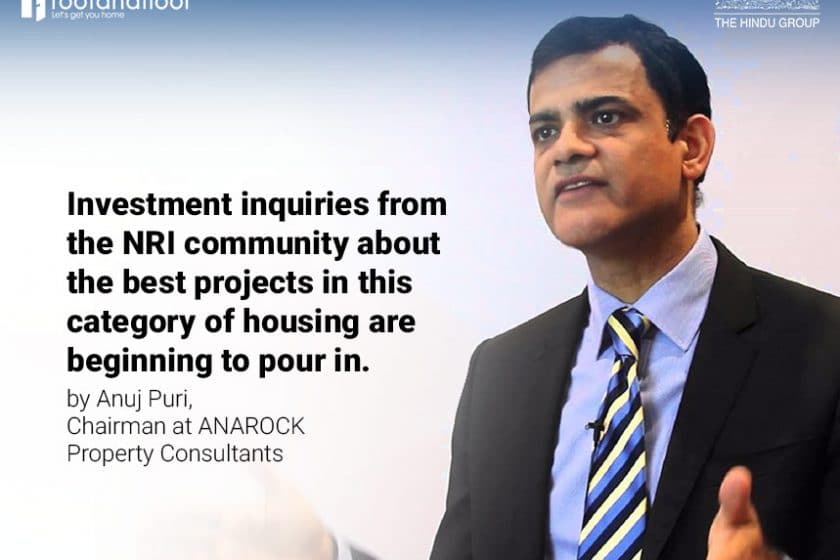The Indian real estate sector evokes a lot of interest from NRI investors. This interest is driven by long-term fundamentals such as emotional connect, safeguarding retirement plans, better returns and yield on investments, and depreciation in the rupee’s value. While there are around 30 million NRIs across different countries, investment in Indian real estate is led by NRIs from UAE, USA and Saudi Arabia.
From 2000 to 2014, NRI investments in Indian real estate reached substantial levels, ranging between 10-18% annually. However, when the residential market began to slow down in 2015, the NRI investment fervour into this asset class began to cool off a bit. To top it off, there was a slew of reforms and policy changes such as demonetisation, RERA and GST, with the combined effect of these being a decrease in NRIs’ investment in the sector.
The highest impact was in the residential real estate market – which, for a long time, was the primary focus of NRI investors with their interest skewing towards apartments and villas, followed by plots and other property typologies.
With the residential real estate sector showing no clear signs of revival until recently, there was a distinct shift in well-heeled NRI investors’ focus towards commercial properties as this sector now delivers very satisfactory yields.
[button-blue url=”” target=”” position=””]There has been a fairly consistent rise in demand for commercial spaces like Grade A offices and IT parks. This is likely to continue until the Indian residential sector gets firmly into revival mode.[/button-blue]In 2012, NRI investments in Indian residential real estate were around US$7.5 billion, and this is expected to reach approximately US$5.25 billion by the end of 2017. This decrease in residential investments is due to the slowdown and steady fall in new launches across all the major cities. Stagnant property price movement is not the best incentive for ROI-oriented NRI investors, whose focus will remain on commercial properties for about 6-8 quarters.
In fact, the inception of REITs is likely to push more investments into commercial properties in the near future. However, commercial real estate – especially Grade A properties, which promise the best long-term rental yields – are not an investment class that every NRI is financially equipped for. While REITs will open up the possibility of investing in commercial properties at much more affordable entry points, this investment platform will only find wide acceptance once the first formal REIT listings happen in India.
Even then, there will always be investors who prefer tangible single properties to a ‘mutual funds’ approach to real estate investment. Also, we have only discussed NRI investors so far. That still leaves end-users, and almost every real estate market in India is now primarily end-user driven.
In fact, interest in residential properties from NRIs whose focus is not so much on investment growth as on owning a home for themselves and their families back home continues unabated. The fact that residential property prices in India have bottomed, with developers are rolling out highly attractive offers, has worked very well for such buyers.
At an industry level, we are seeing a massive sea-change which will cause a consistent reworking of the existing investment formulae as they take firmer hold. The recent institutional reforms will play decisive roles in reviving the residential sector.
[bctt tweet=”RERA has turned out to be a real market force, and the transparency it enforces will draw residential real estate back to centre-stage.” username=”RoofnFloor”]Affordable housing, with the decisive push by various Government schemes aimed at ensuring the objective of Housing for All by 2022, has already become the new poster boy of the sector.
Not surprisingly, investment inquiries from the NRI community about the best projects in this category of housing are beginning to pour in. It is only a matter of time before the residential asset class catches up with commercial properties on the NRI property investment radar. And from here onward, the resurgence will be policy-driven and very sustainable, as opposed to the knee-jerk spurts of speculative activity seen in previous years.
This article is contributed by Anuj Puri, Chairman at ANAROCK Property Consultants Private Limited.
The views expressed here are solely those of the author and do not necessarily represent or reflect the views of RoofandFloor.


